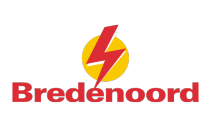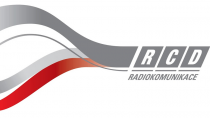Global Defense Fuel Cells Market to Grow at a CAGR of 8.8%, 2017-2021 with Protonex, Ultracell, Neah Power Systems, General Motors & SFC Energy Dominating - Research and Markets
The "Global Defense Fuel Cells Market 2017-2021" report has been added to Research and Markets' offering.
The global defense fuel cells market to grow at a CAGR of 8.8% during the period 2017-2021.
The report, Global Defense Fuel Cells Market 2017-2021, has been prepared based on an in-depth market analysis with inputs from industry experts. The report covers the market landscape and its growth prospects over the coming years. The report also includes a discussion of the key vendors operating in this market.
One trend in the market is adoption of fuel cells to decrease dependency on imported oil. Fuel cell chemistries, such as lithium-oxygen and microbial fuel cells, are gradually gaining traction and ensure high energy density levels comparable to fossil fuels. These characteristics make them ideal for robust transportation-related energy requirements. Since fuel cells are actively used in military transportation, research activities may be initiated for short to mid-term needs.
According to the report, one driver in the market is improved performance with high torque and low revolutions. Despite the limited availability of infrastructure for fuel cells compared to fossil-fuel powered drivetrains, fuel cells project a higher efficiency of about 60% to 80%. As conventional vehicles do not carry out complete fuel combustion, the efficiency of the vehicle drops compared to the conventional IC engine. The diesel engine utilizes the fuel present in the vehicle to generate torque, leading to a lower number of revolutions compared to those vehicles that operate on fuel cell technology.
Key vendors
- Protonex
- Ultracell
- Neah Power Systems
- General Motors
- SFC Energy
Other prominent vendors
- WATT Fuel Cell Corporation
- Bloom Energy
- Altergy
- Delphi Automotive
- Direct Methanol Fuel Cell Corporation
Key Topics Covered:
Part 01: Executive Summary
Part 02: Scope Of The Report
Part 03: Research Methodology
Part 04: Introduction
Part 05: Market Overview
Part 06: Market Segmentation By Technology
Part 07: Geographical Segmentation
Part 08: Decision Framework
Part 09: Drivers And Challenges
Part 10: Market Trends
Part 11: Innovation Landscape
Part 12: Vendor Landscape
Part 13: Key Vendor Analysis
Part 14: Appendix
For more information about this report visit https://www.researchandmarkets.com/research/z3pgwq/global_defense
View source version on businesswire.com: http://www.businesswire.com/news/home/20170816005461/en/





